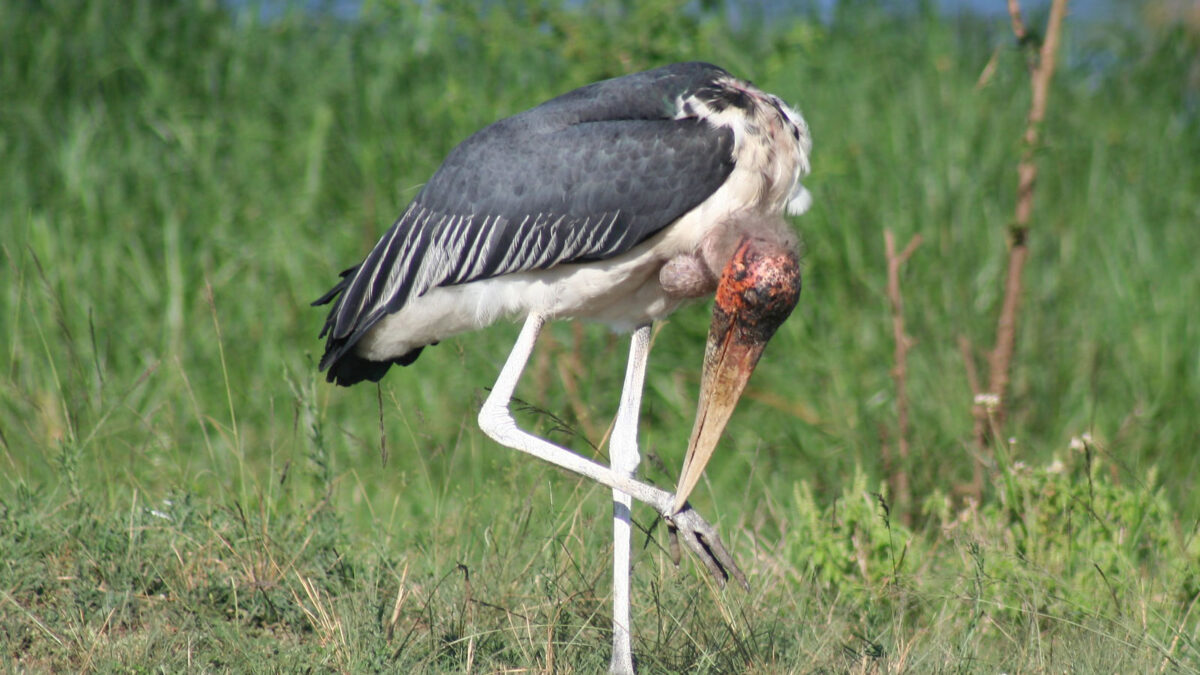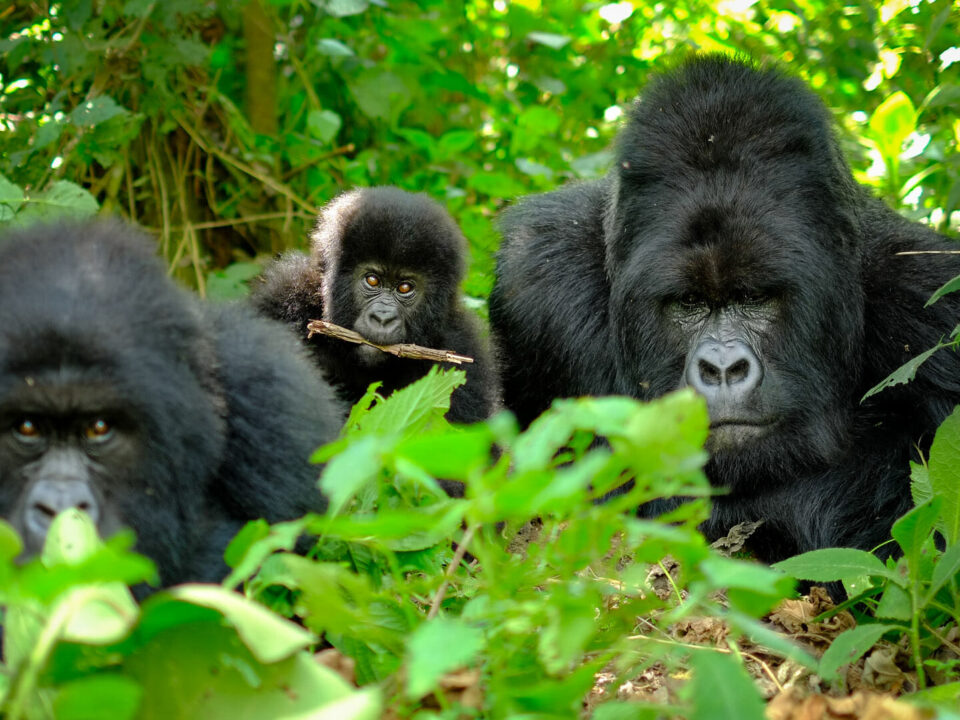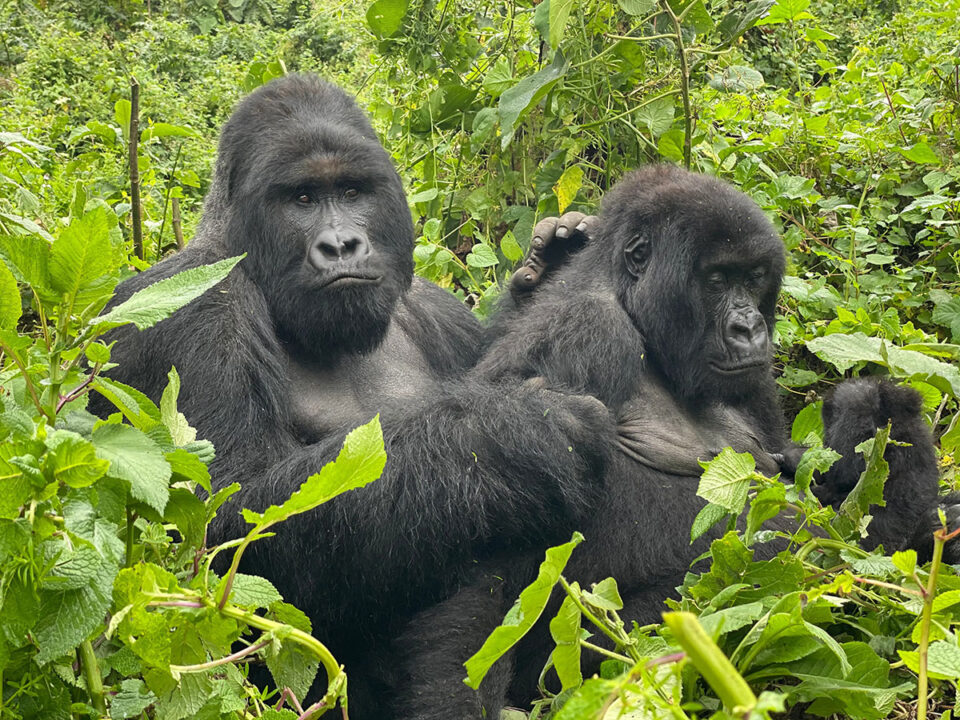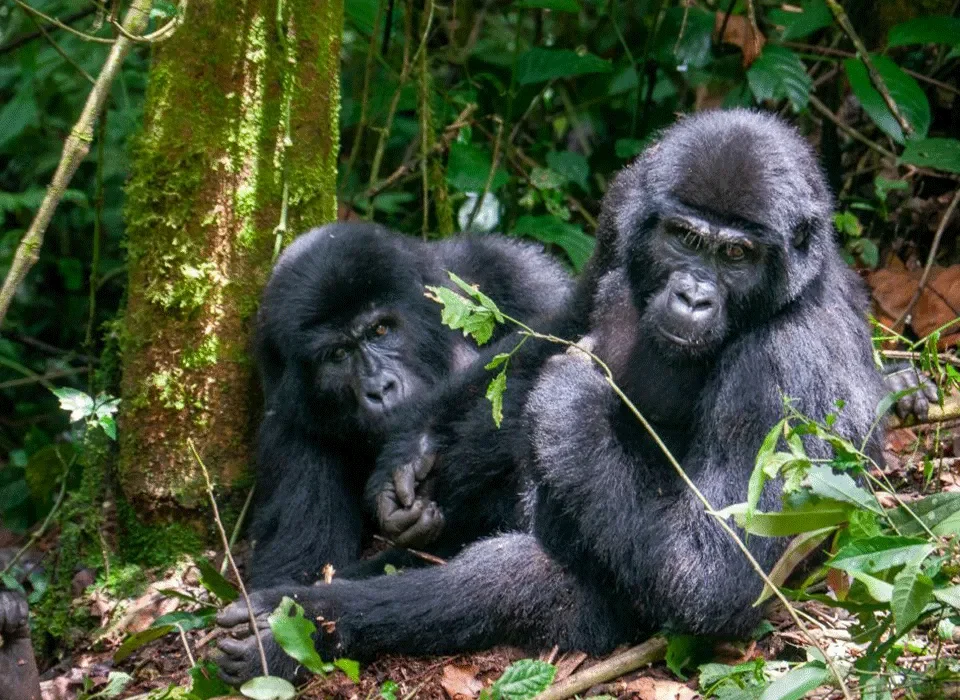
Amakoro Songa Lodge Rwanda
September 14, 2023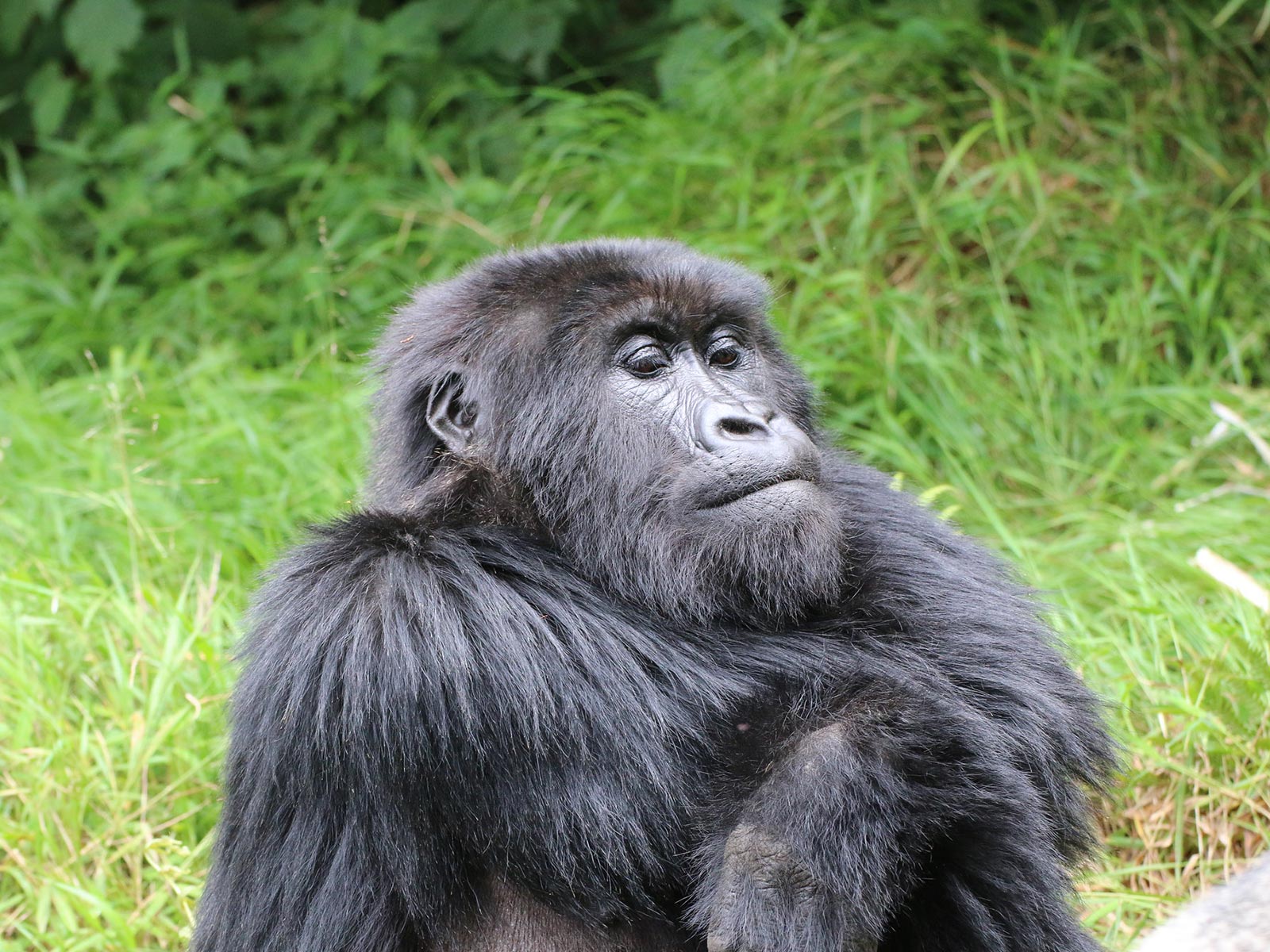
Rwanda Luxury Gorilla Trips and Primate Safari
September 14, 2023Essential Information for Your Journey to Rwanda, Africa
Rwanda’s Compact Size
Rwanda, a landlocked country in east-central Africa, may be small in size, but it packs a punch in terms of breathtaking landscapes and vibrant culture. Covering approximately 238 square kilometers (10,169 sq mi), Rwanda ranks as the 149th-largest country globally. To provide some perspective, it is comparable in size to Haiti or the U.S. state of Massachusetts. One notable characteristic of Rwanda is its high elevation, with the Rusizi River marking the lowest point at 950 meters (3,117 ft.) above sea level.
A History of Resilience
Rwanda’s journey to recovery has been marked by resilience and determination. In the mid-1990s, the nation faced the devastating consequences of ethnic strife, leading to a government-sponsored genocide. Tragically, an estimated 800,000 lives were lost during this dark period, as ethnic Tutsis and moderate Hutus fell victim to dominant Hutu forces within a mere 100 days. The country has grappled with the enduring legacy of ethnic tensions, rooted in the historically unequal relationship between the Tutsi minority and the Hutu majority.
Despite these challenging circumstances, Rwanda is striving to rebuild its economy, with coffee and tea production standing as key exports. The World Bank has commended Rwanda’s “remarkable development successes,” which have contributed to poverty reduction and greater equality.
Rwanda’s Climate: Not Too Hot, Not Too Cold
Rwanda boasts a favorable tropical climate characterized by moderate temperatures. Situated just south of the equator, the country’s high altitude plays a significant role in maintaining pleasant weather year-round. Average daytime temperatures hover around 75 degrees Fahrenheit in the lower mountains, while higher mountain areas experience cooler temperatures of around 55 degrees Fahrenheit. Nighttime temperatures generally range in the 60s.
Rwanda experiences two rainy seasons: the first from January to April and the second from October to mid-December. Between these rainy spells lies a brief dry season, marked by abundant sunshine and scattered light clouds. Even during the dry season, occasional light rainfall can occur. Despite its proximity to the equator, Rwanda receives ample rainfall due to its elevated terrain.
Language Diversity
Kinyarwanda is the local language, reflecting Rwanda’s rich cultural tapestry. English has held the status of Rwanda’s official language since the country’s entry into the Commonwealth in 2009. While many Rwandans are proficient in English, French remains a widely spoken language, as the education system previously utilized French before the shift in 2009.
Visa Requirements
Since 2018, Rwanda has adopted a welcoming visa policy. Travelers from all countries can obtain 30-day visas upon arrival in Rwanda. Visitors from select nations, such as Benin, CAR, Chad, Ghana, Guinea, Indonesia, Haiti, Senegal, Seychelles, Sao Tome and Principe, DRC, East African Community partner states, Mauritius, Singapore, and the Philippines, can enjoy an extended stay with a free 90-day visa granted upon arrival. To ensure smooth entry, passports must be valid for at least six months from the date of arrival. For the latest updates, consult the immigration website.
Currency and Financial Tips
The Rwanda Franc is the local currency used for everyday transactions. Foreign currency can be exchanged in Kigali or local banks, but be aware that different banks may offer varying exchange rates. Notes printed before 2005 are not accepted, so ensure that your currency is current. Travelers’ cheques can be exchanged in Kigali, but it’s essential to retain your original purchase slips. While major credit cards are widely accepted at prominent hotels, ATMs in Kigali may not always be reliable for cash withdrawals. You can rely on Visa and MasterCard for payments at park reception and select locations.

